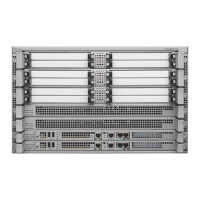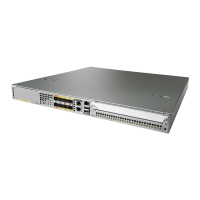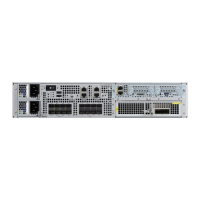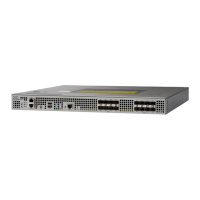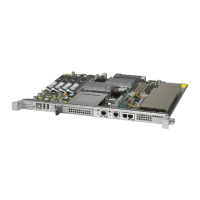20-13
Cisco ASR 1000 Series Aggregation Services Routers SIP and SPA Software Configuration Guide
OL-14127-08
Chapter 20 Troubleshooting the Serial SPAs
Performing Basic Interface Troubleshooting
Serial Lines: Increasing Interface Resets on Serial Link
Interface resets that appear in the output of the show interfaces serial EXEC command are the result of
missed keepalive packets.
Symptom: Increasing interface resets on serial link
Table 20-6 outlines the possible problems that might cause this symptom and describes solutions to those
problems.
Aborted
transmission
(abort)
Aborts indicate an illegal
sequence of 1 bit (more than
seven in a row).
The following are possible
reasons for this to occur:
• SCTE mode is not enabled
on the DSU.
• The CSU line clock is
incorrectly configured.
• The serial cable is too long,
or the cable from the CSU or
DSU to the router is not
shielded.
• A ones density problem has
occurred on the T1 link
(incorrect framing or coding
specification).
• A packet was terminated in
the middle of transmission
(typical cause is an interface
reset or a framing error or a
buffer overrun).
• A hardware problem has
occurred (bad circuit, bad
CSU/DSU, or bad sending
interface on remote router).
1. Ensure that all devices are properly
configured to use a common line clock. Set
SCTE on the local and remote DSU.
2. Shield the cable, if necessary. Make certain
that the cable is within the recommended
length (no more than 50 feet [15.24 meters],
or 25 feet [7.62 meters] for a T1 link).
Ensure that all connections are good.
3. Check the hardware at both ends of the link.
Swap faulty equipment, as necessary.
4. Lower data rates and determine whether
aborts decrease.
5. Use local and remote loopback tests to
determine where aborts are occurring.
6. Contact your leased-line or other carrier
service, and have it perform integrity tests
on the line.
Table 20-5 Serial Lines: Troubleshooting Serial Line Input Errors (continued)
Input Error Type
(Field Name) Possible Problem Solution

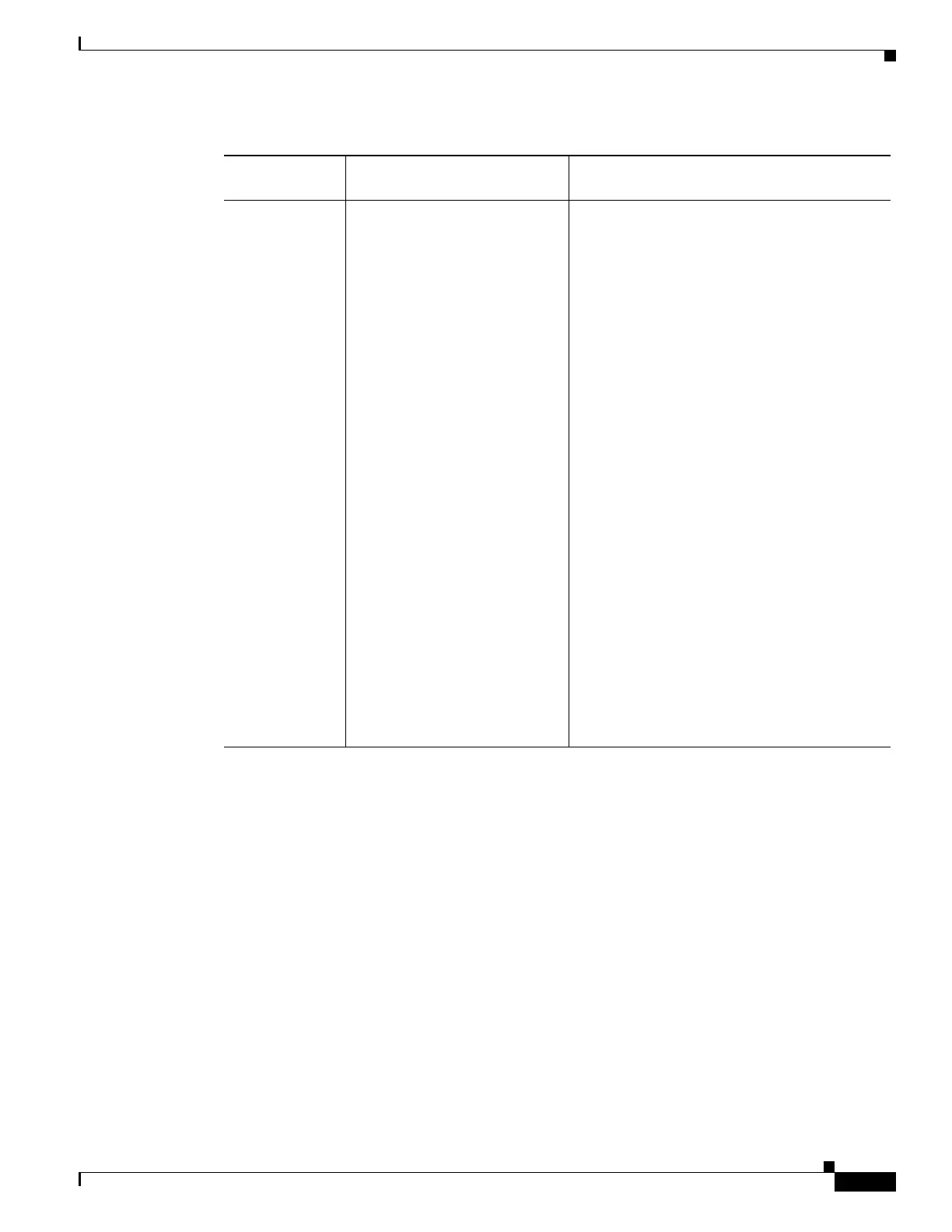